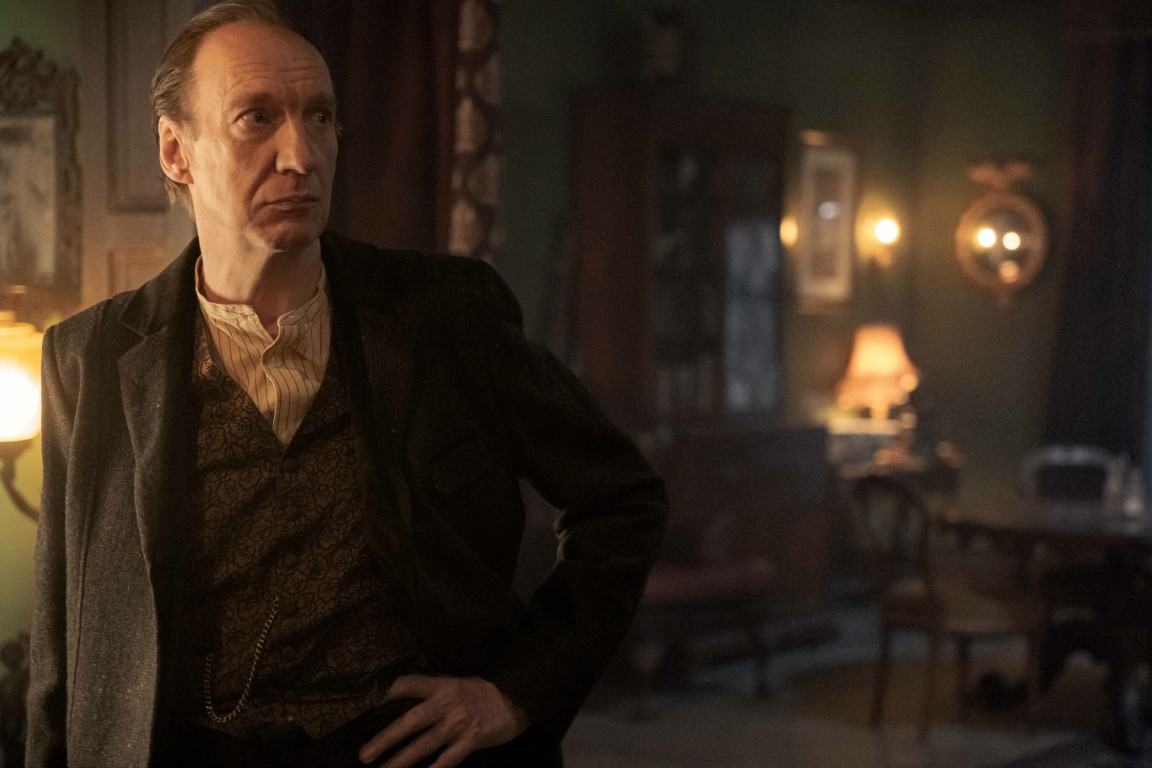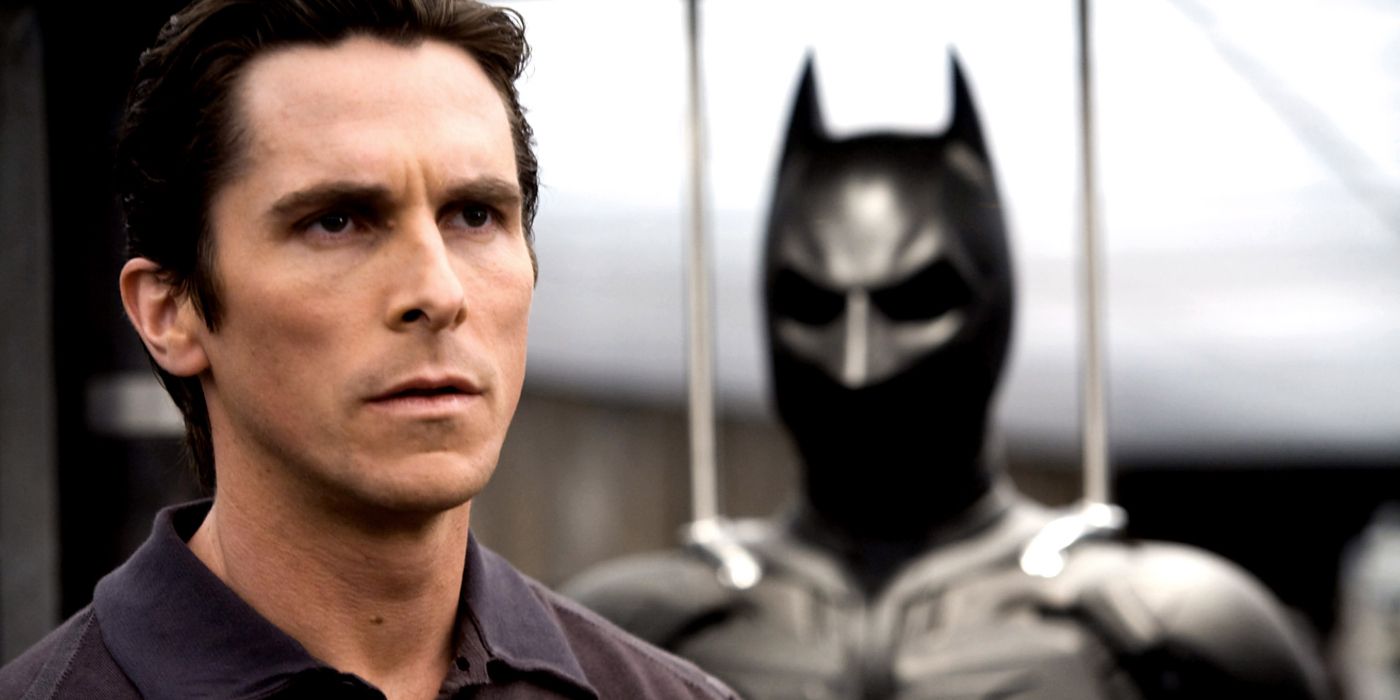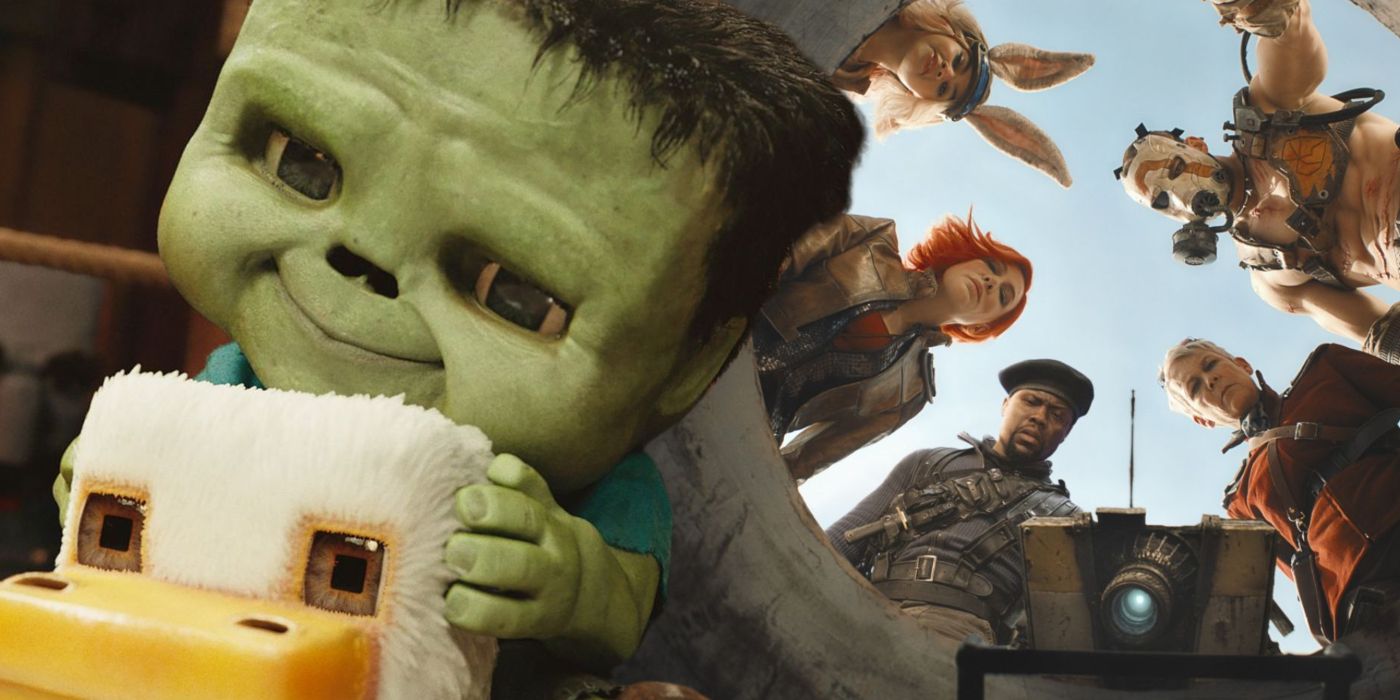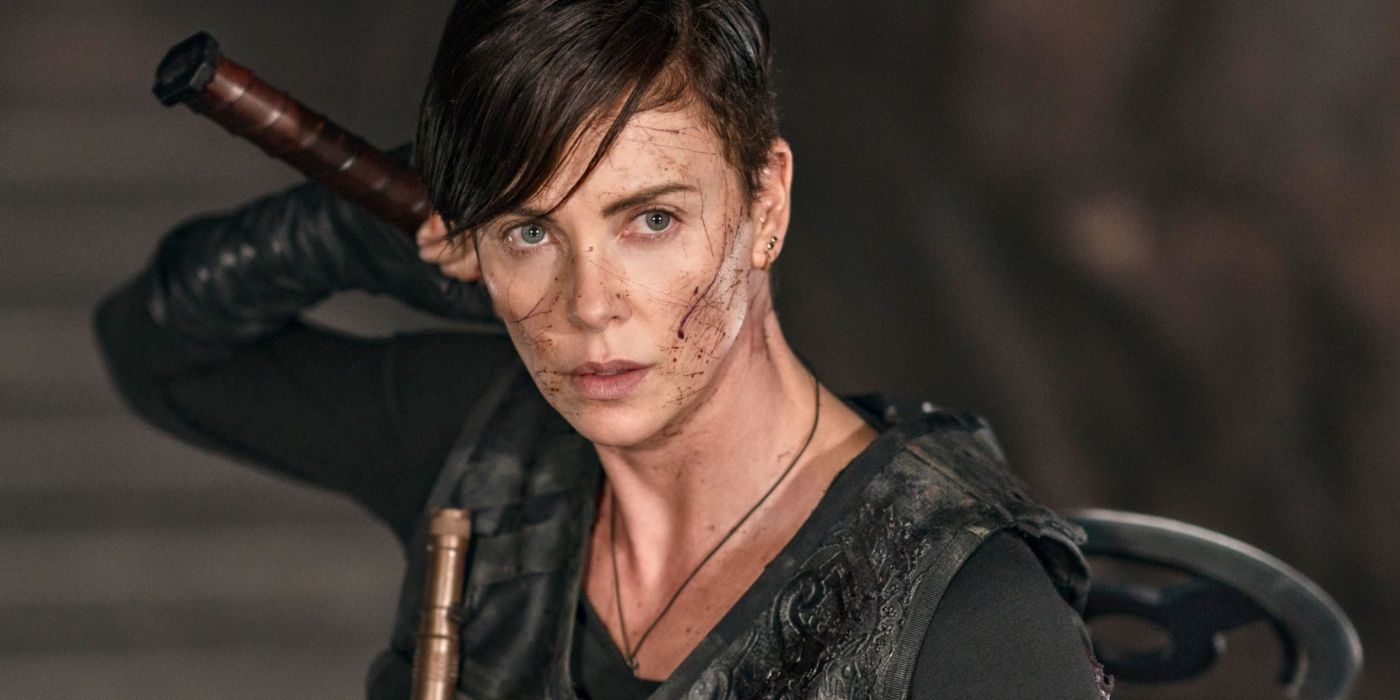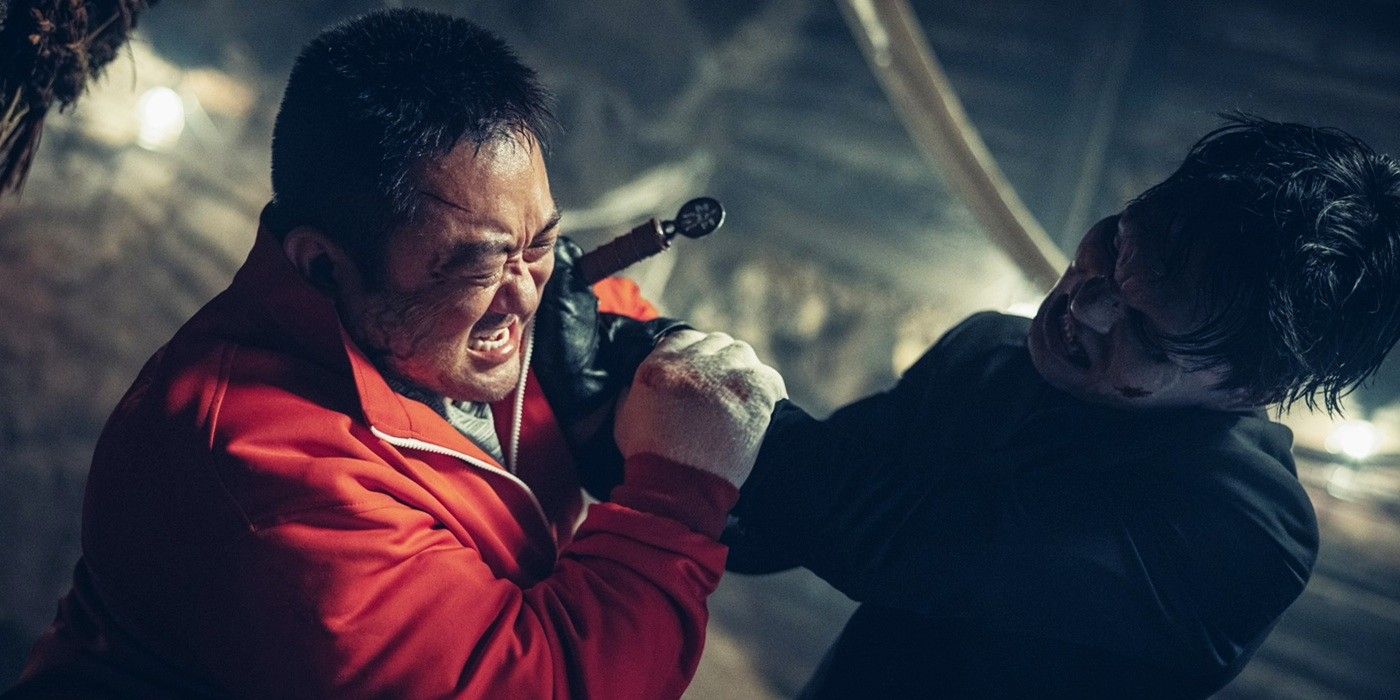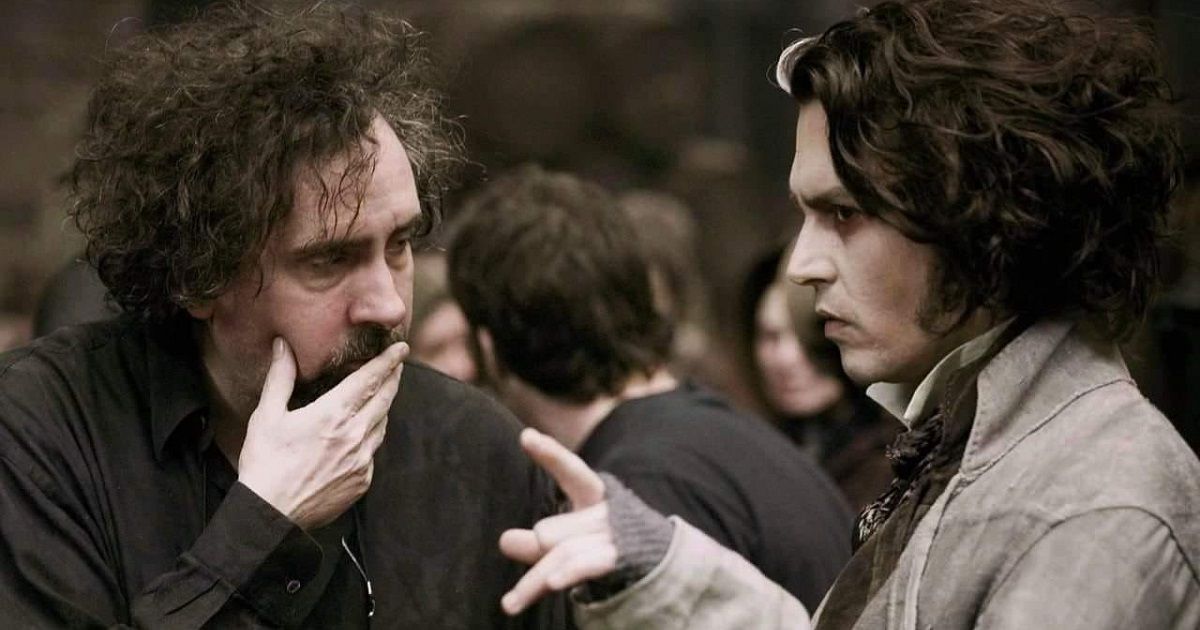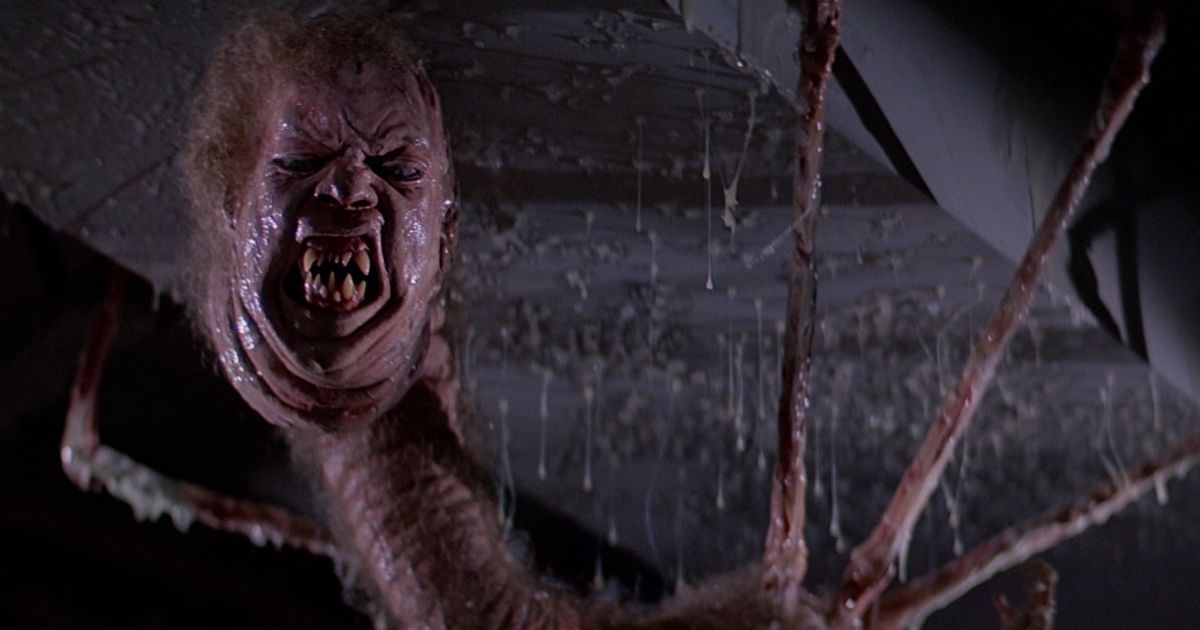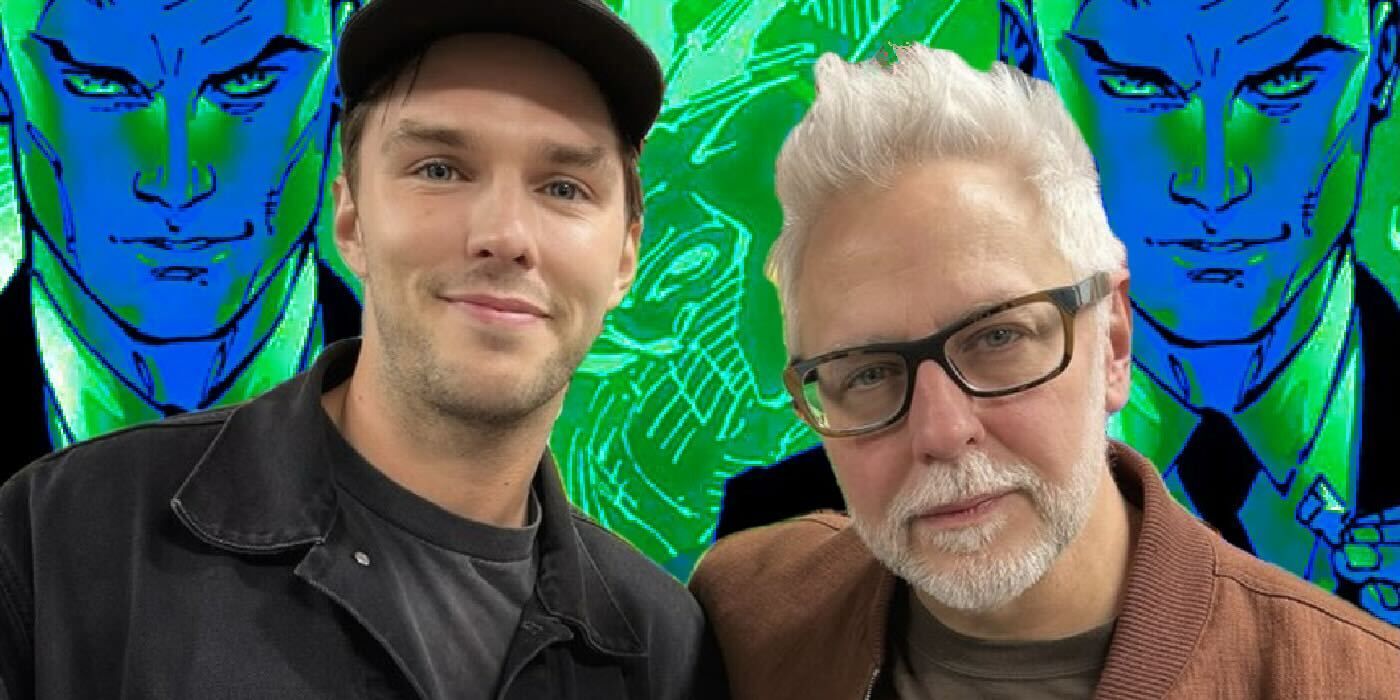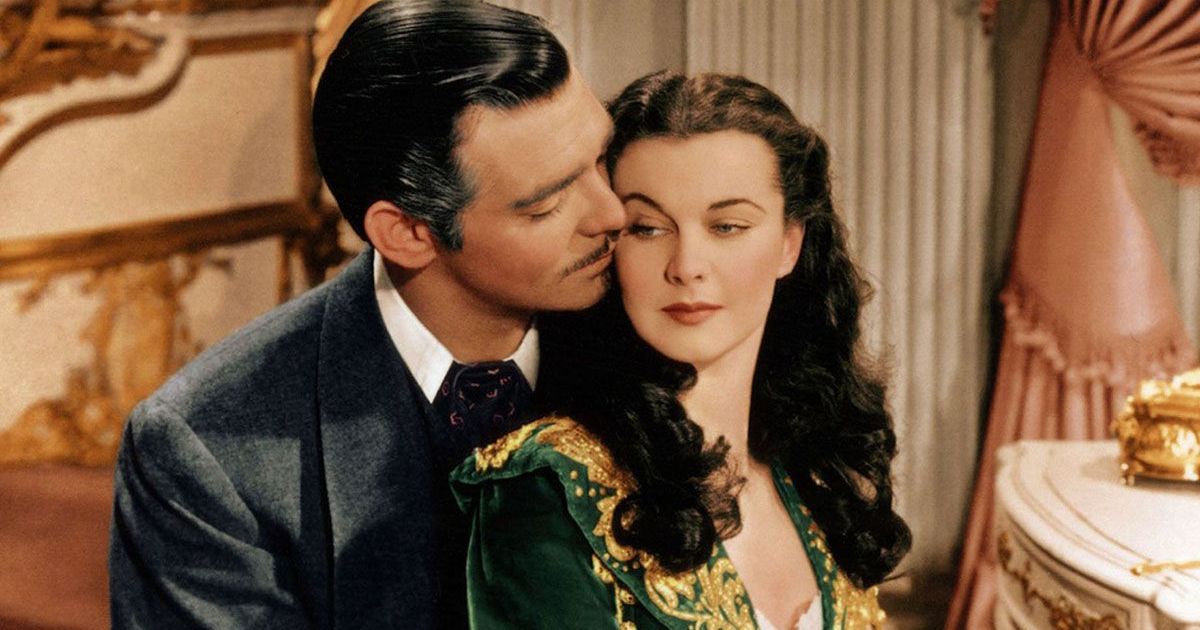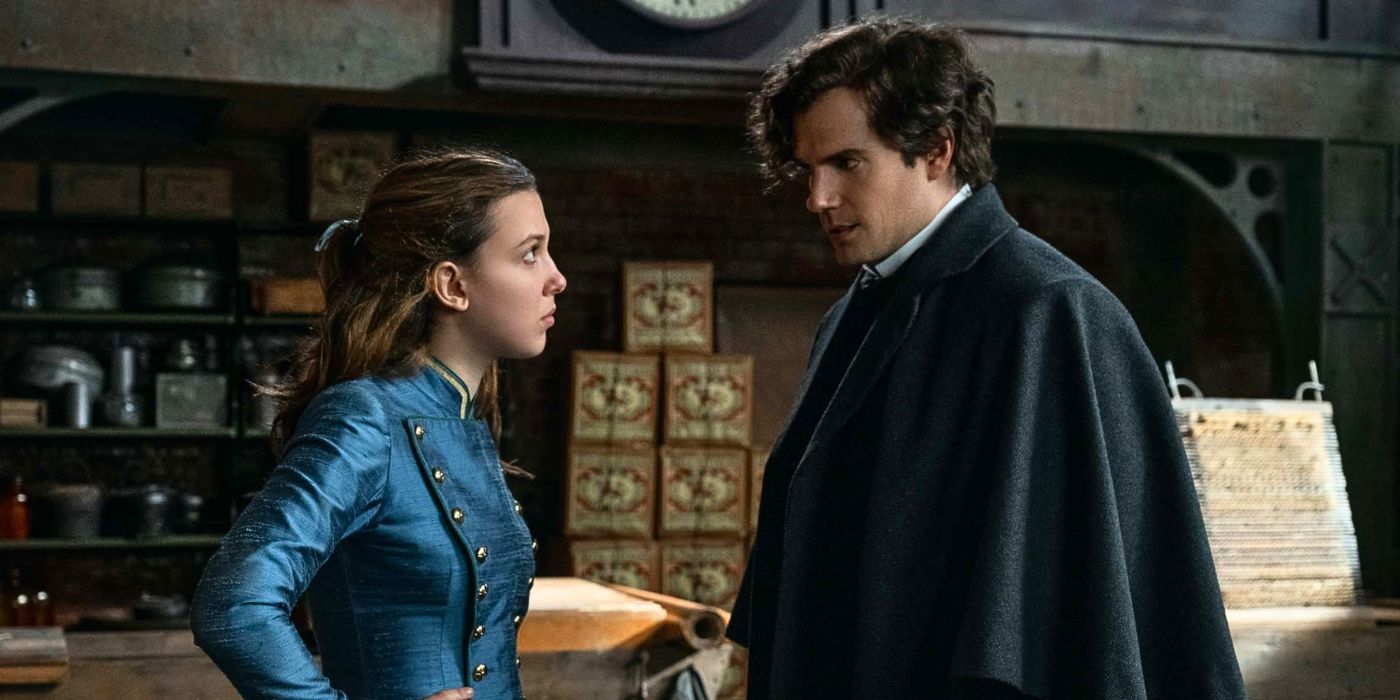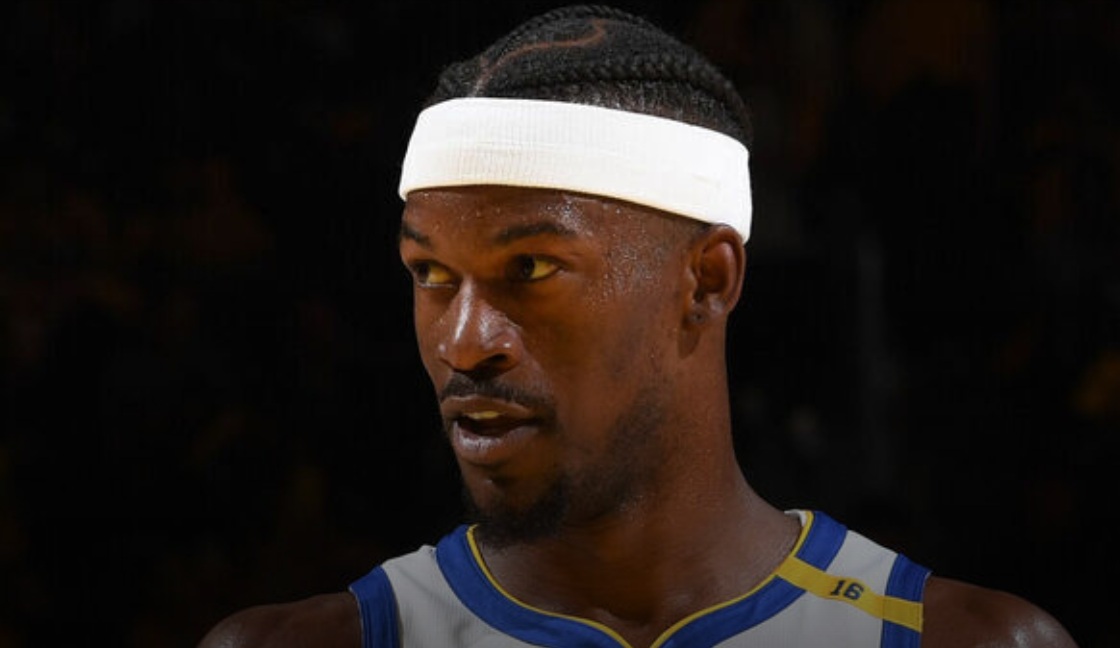There’s admittedly a certain red-state appeal to a man’s man like Stallone riffing on the perceived cosmopolitan nature of 21st-century life. Dwight is a man not just out of space, but time; having spent a quarter century in the big house, he’s perplexed by smartphone apps, legal weed, and all these goddamn pronouns. “I feel like Rip Van Winkle,” he confesses to Bodhi after accidentally getting high in the backseat of a car.
But these moments of political incorrectness don’t read as rebukes of the advances of society, not in the way the average “Yellowstone” fan might respond to them. Rather, Dwight’s confused and lost about his place in the world—about the years he sacrificed to a mentor who repays him with exile or the daughter who won’t talk to him anymore. He’s a man alienated by his circumstances, forced to rebuild himself in a world that no longer shares his values.
That’s Dwight, and that’s also Stallone: Television, it seems, is his Tulsa, and the big-screen legend consciously bristles in his new confines. But the 76-year-old shows no signs of slowing down, and on the small screen he seems, if anything, even larger than he did before. Under Winter and Sheridan’s pen, “Tulsa King” is both mafia dramedy and Western, Sly sitting somewhere between Chili Palmer and John Wayne’s Ethan Edwards in “The Searchers.”
It’s a fitting space for him to occupy, both as aging action star and wizened character actor. The show around him occasionally struggles to keep up—Garrett Hedlund, Dana Delaney, and Annabella Sciorra are barely present, despite occupying significant space in the credits and press materials. But it’s worth sticking around to see what role they’ll play in Sly’s most interesting ride into the sunset.
First two episodes screened for review. Tulsa King comes to Paramount+ on November 13th.
You can view the original article HERE.

